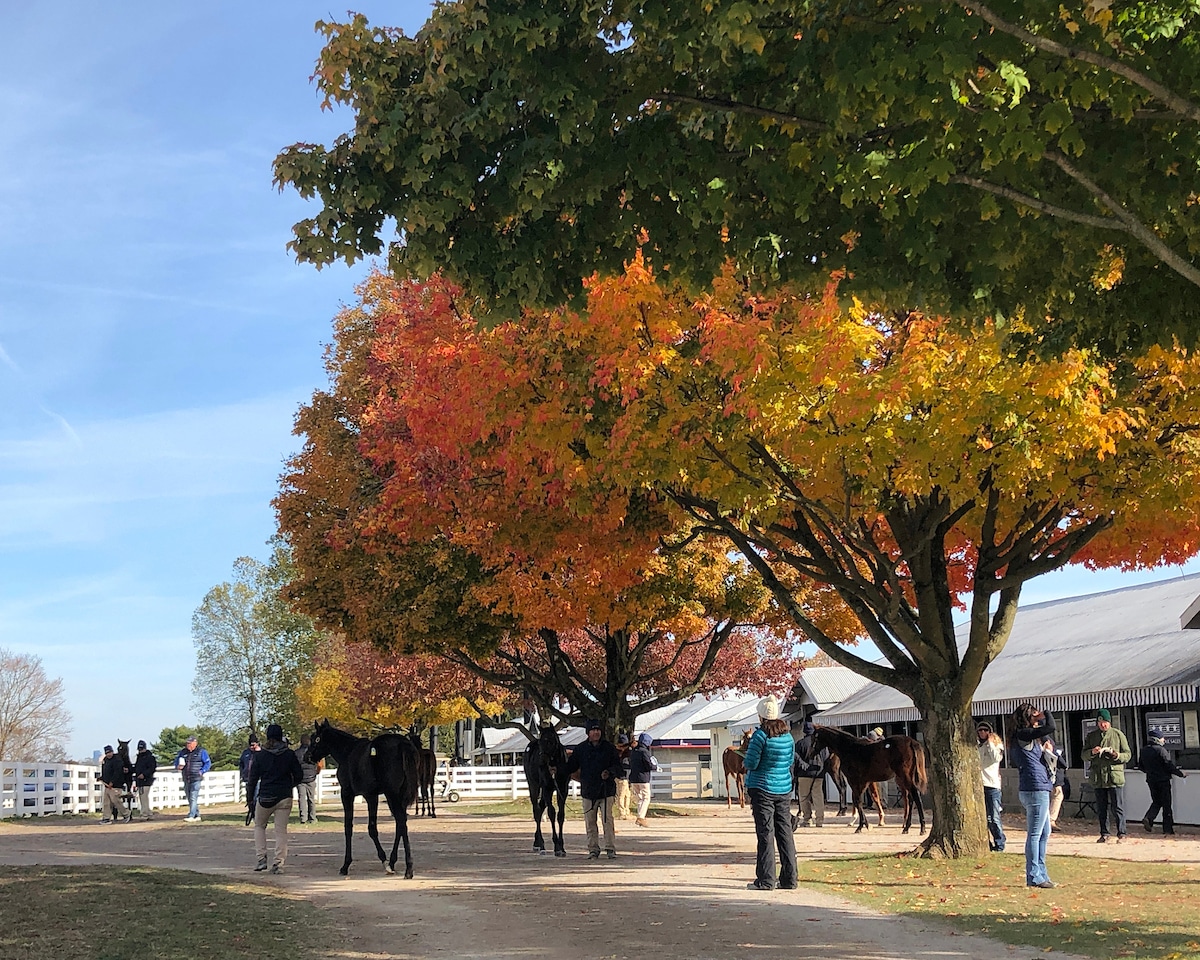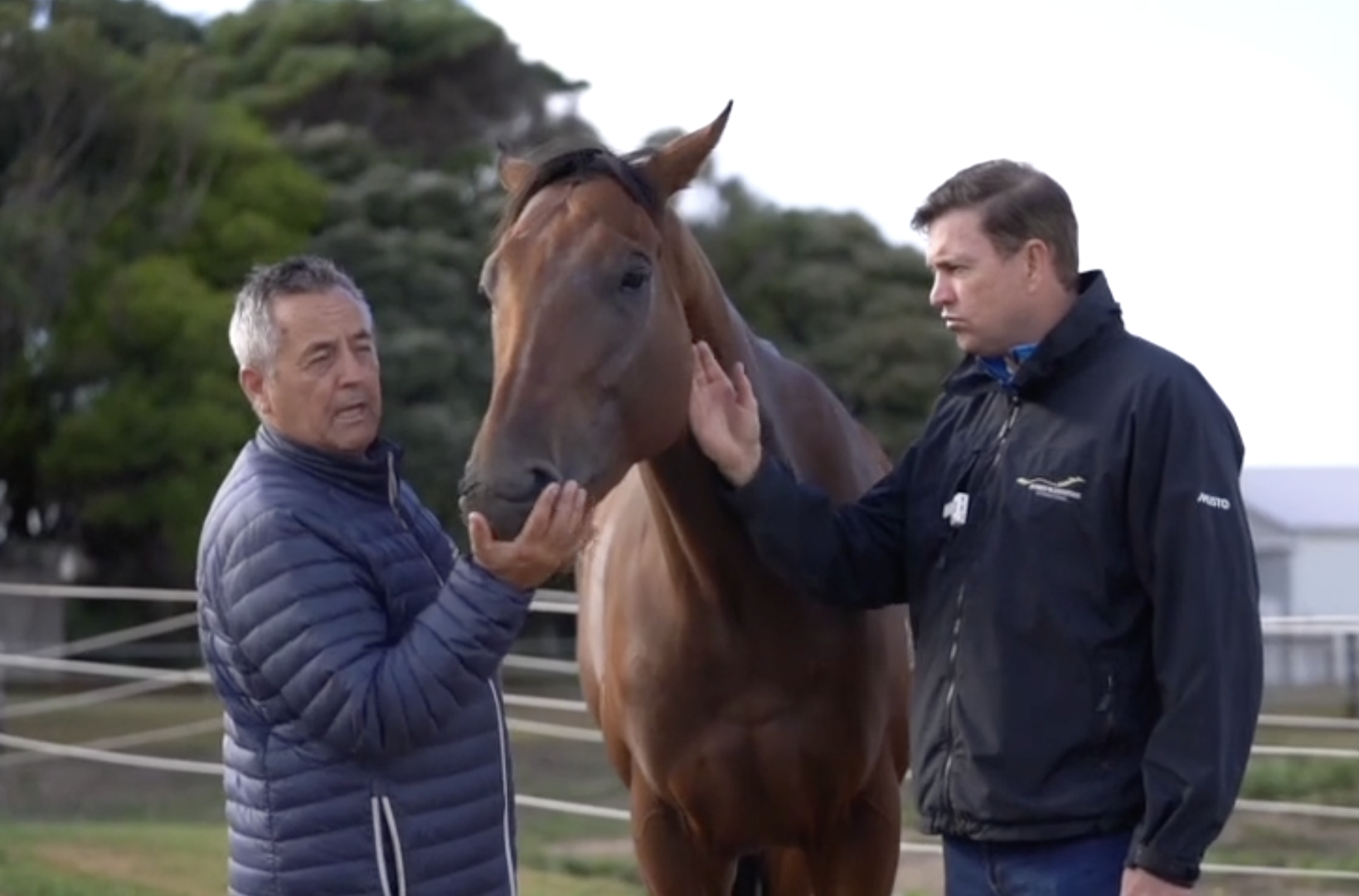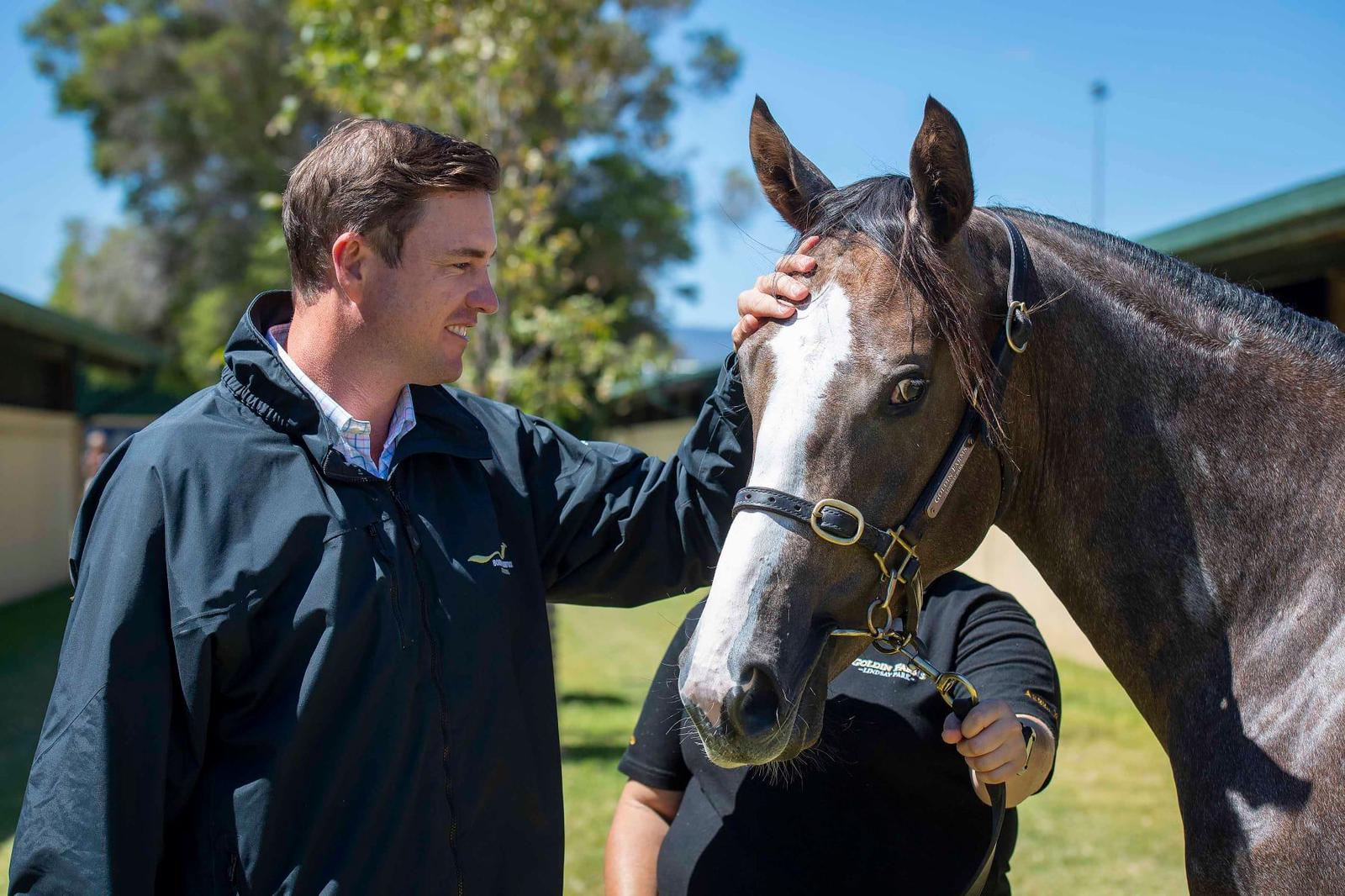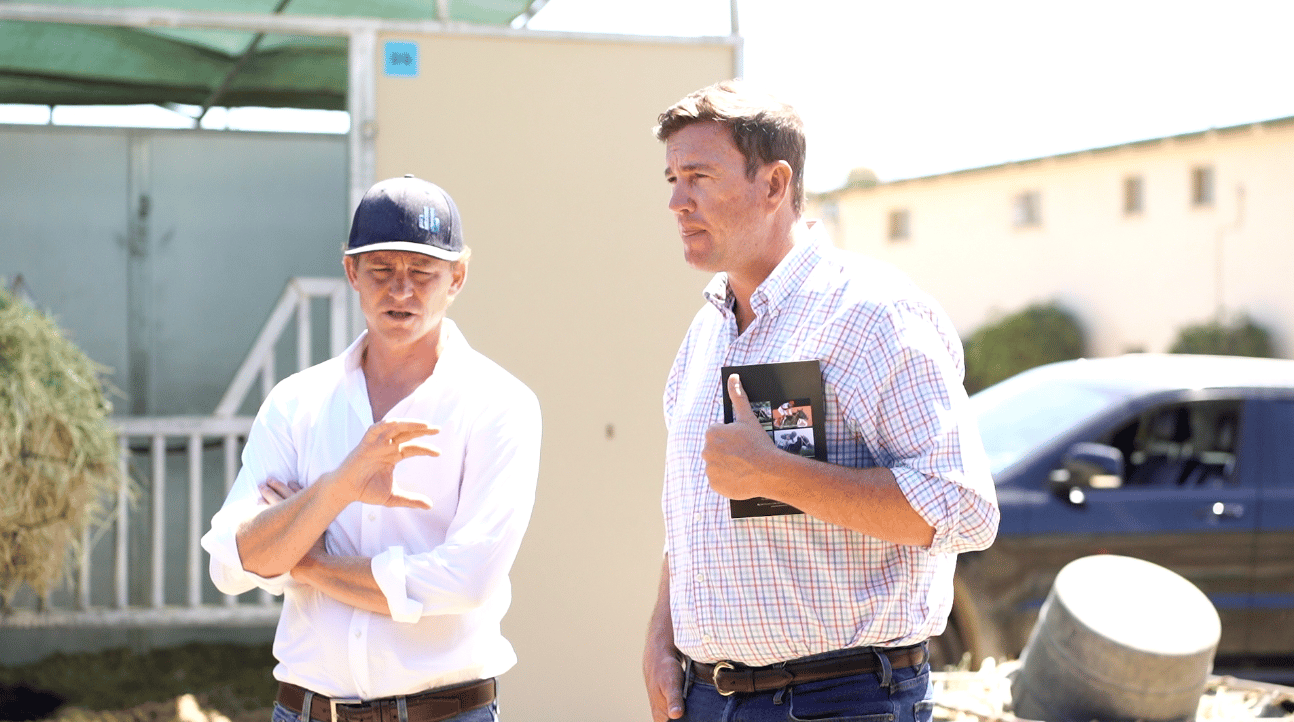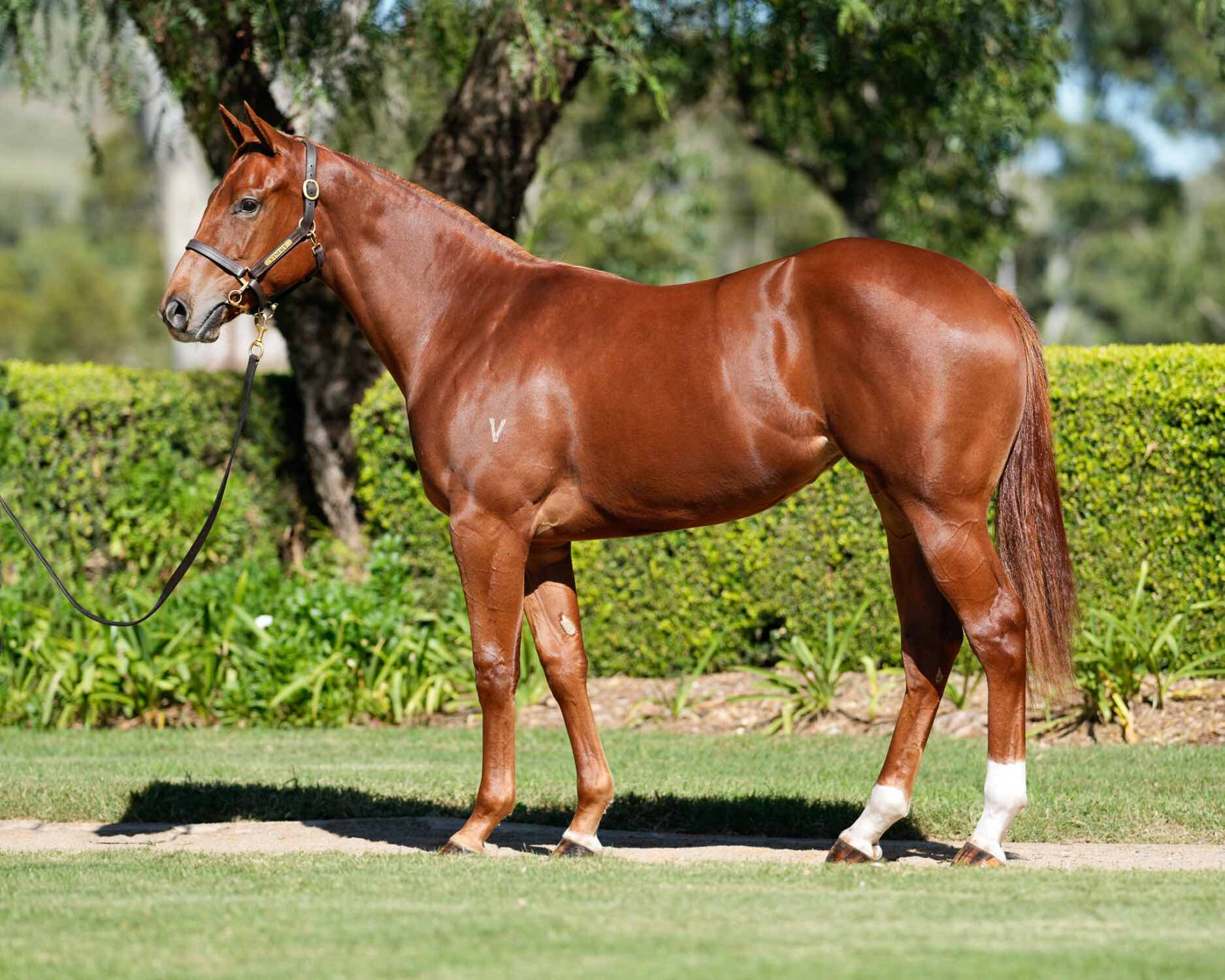What Is Pinhooking?
The term pinhooking is used in the thoroughbred industry to describe the process of purchasing a weanling and reselling it as a yearling. It is essentially an investment opportunity and one with a relatively short turnaround time for the industry. The main commercial appeal of pinhooking is that weanlings are generally cheaper than yearlings.
The median price at the 2021 Magic Millions Weanling Sale was $50k. Many of those weanlings would have subsequently been sold at the 2022 Magic Millions Yearling Sale where the median price was $180k. A $130k profit in less than a year sounds enticing, but this venture is not without its risks. Of the pinhooks that were sold at that sale, I’ve picked up on four colts to give some striking examples of what a high risk/reward venture this is:
Lot 26 by Menari $22,500 as a weanling, sold for $350,000 | +$327,500
Lot 429 by Lonhro $165,000 as a weanling, sold for $625,000 | +$460,000
Lot 309 by Per Incanto $500,000 as a weanling, unsold with a reserve of $625,000 | -$500,000
Lot 603 by Written Tycoon $340,000 as a weanling and sold for $220,000 | -$120,000
How Can I Take Advantage of Pinhooking?
Buying a weanling differs from buying a yearling in that there’s reduced competition from trainers, syndicators and overseas buyers (such as from Hong Kong) providing a window of opportunity for the pinhooker. This is part of the reason why they’re less expensive, though of course with plenty of development still to come, there is an inherent risk in buying them so young.
There are some consistent factors which professionals, particularly breeders, come to know and understand well when dealing with young stock. An example of this is in how a toe-out conformation changes during the first two years of a horse’s life; Foals are ideally born with a toe-out conformation which corrects itself over time as the chest broadens and the limbs turn inwards to become more correct.
Pinhookers are attempting to predict what the weanling they are looking at today will look like up to a year later when they are presenting them at a yearling sale. The above example can be picked apart to highlight the esoteric nature of pinhooking. There are any number of factors to consider when trying to predict how a toe-out conformation may develop, such as age, level of maturity and the conformation of the foal’s sire and dam. If they ‘overcorrect’ and end up with a toe-in conformation they will be less valuable as a yearling, the same being true if they remain toe-out.
This is one of many variables which determine the commercial viability of a pinhook prospect. Others include predicting the popularity of the sire at next year’s yearling sales and the development of a pedigree page, i.e. there may be older siblings winning races between the purchase and sale of a pinhook which can improve the page, sometimes dramatically. Then there are veterinary factors to consider such as the prevalence of bone cysts, a not uncommon phenomena which can heal on their own but may require a surgical procedure to rectify.
Generally it costs around $25k between purchasing a weanling and selling it as a yearling. Some costs are predictable, such as the farrier, the daily rate of agistment and the sales preparation period, the latter being a more involved month or so of feeding and handling in order to bring the yearling into its best possible condition prior to a sale. Then there are unpredictable costs such as a surgery which can be upwards of several thousand dollars.
Whilst pinhooking offers the potential for huge reward in a relatively short time frame it is not without its risks and I would certainly suggest seeking professional advice from an FBAA agent if it’s something you’re considering.
Read about successful weanling purchases in Australia here:

